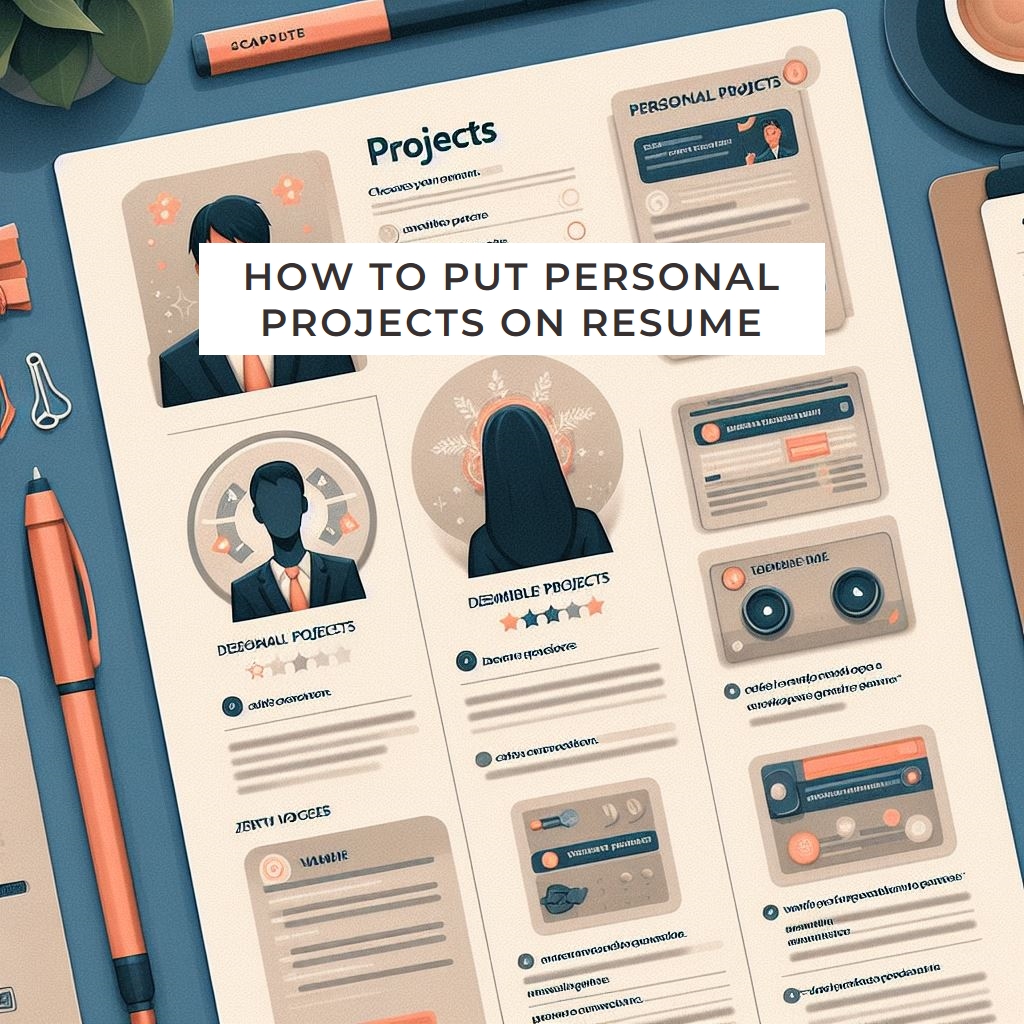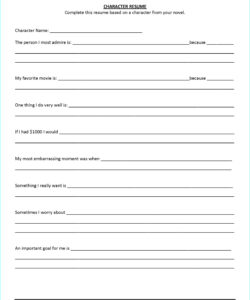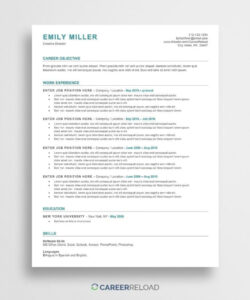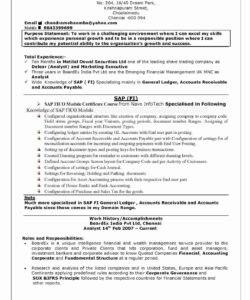Personal projects are a great way to showcase your skills and interests to potential employers. They can help you stand out from other candidates and demonstrate your passion for your field. However, it can be challenging to know how to include them on your resume. In this article, we’ll discuss the best practices for putting personal projects on your resume.
First, it’s essential to understand what personal projects are and why they’re valuable. Personal projects are projects that you’ve worked on outside of your professional or academic work. They can be anything from building a website to creating a mobile app to writing a book. Personal projects are valuable because they demonstrate your creativity, problem-solving skills, and ability to work independently.
How to Include Personal Projects on Your Resume
When including personal projects on your resume, there are a few best practices to keep in mind:

1. Choose the Right Projects
Not all personal projects are created equal. When deciding which projects to include on your resume, choose ones that are relevant to the job you’re applying for. For example, if you’re applying for a job as a web developer, you might want to include a personal project where you built a website from scratch.
2. Highlight Your Role
When describing your personal projects on your resume, make sure to highlight your role in the project. This could include the tools and technologies you used, the challenges you faced, and the results you achieved. Be specific and quantify your achievements whenever possible.
3. Use Action Verbs
When describing your personal projects, use action verbs to make your descriptions more engaging. For example, instead of saying “I built a website,” say “I designed and developed a responsive website using HTML, CSS, and JavaScript.”
Examples of Personal Projects on a Resume
Here are a few examples of how you might include personal projects on your resume:
Project: Personal Website
Description: Designed and developed a responsive website using HTML, CSS, and JavaScript. Optimized website for search engines and improved page load times by 50%.
Project: Mobile App
Description: Developed a mobile app using React Native. App has been downloaded over 10,000 times and has a 4.5-star rating on the App Store.
Conclusion
Personal projects are an excellent way to showcase your skills and interests to potential employers. When including personal projects on your resume, make sure to choose the right projects, highlight your role, and use action verbs. By following these best practices, you can make your personal projects stand out on your resume and increase your chances of landing your dream job.
FAQ
Q: How many personal projects should I include on my resume?
A: It’s best to include 2-3 personal projects on your resume. Choose projects that are relevant to the job you’re applying for and that demonstrate your skills and interests.
Q: Should I include personal projects that are not related to my field?
A: It depends on the project. If the project demonstrates skills that are relevant to the job you’re applying for, then it’s worth including. However, if the project is not related to your field and doesn’t demonstrate any relevant skills, then it’s best to leave it off your resume.
Q: How should I format my personal projects on my resume?
A: You can format your personal projects in a few different ways. One option is to create a separate section for personal projects and list them under bullet points. Another option is to include them under each job or education entry where they’re relevant.


